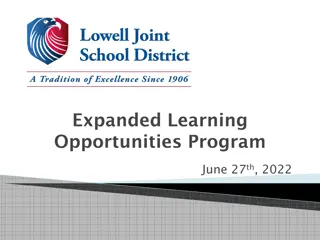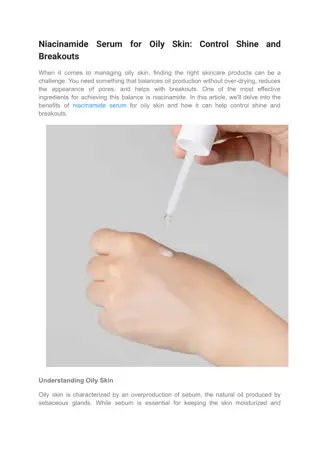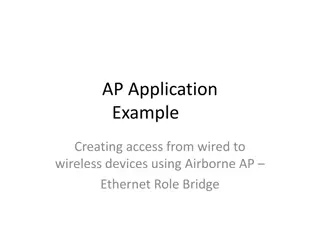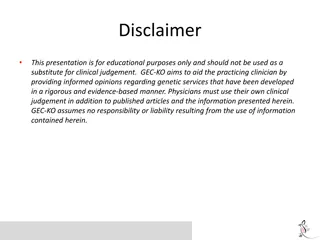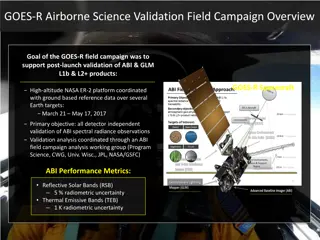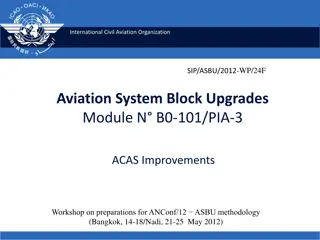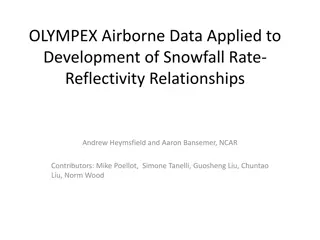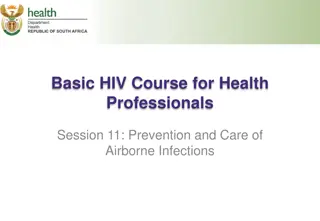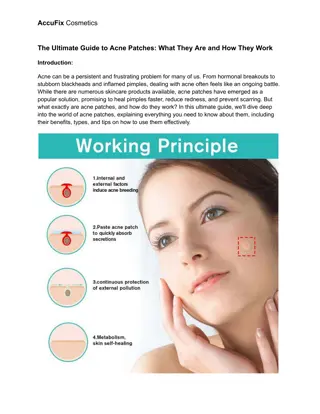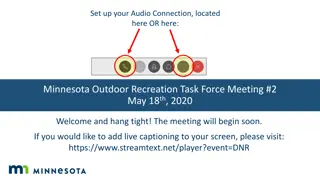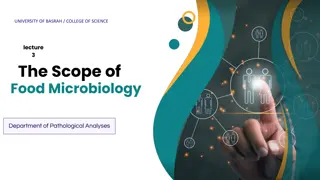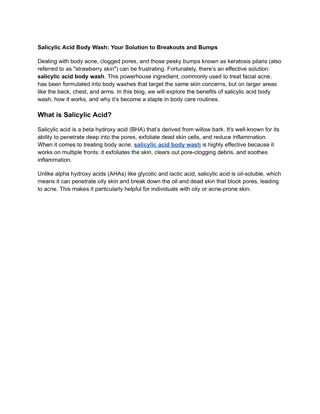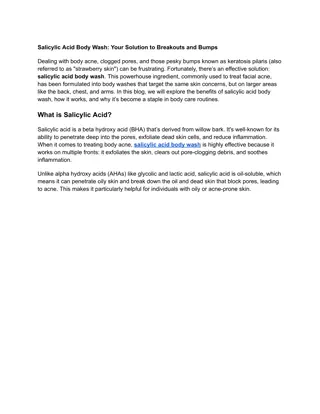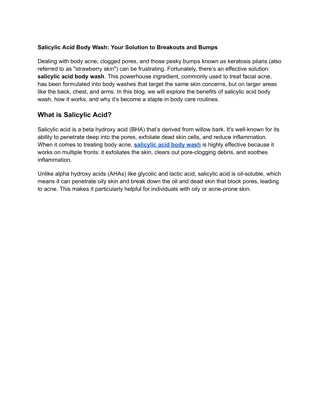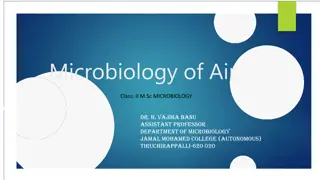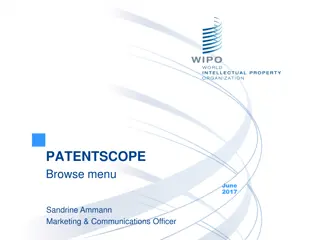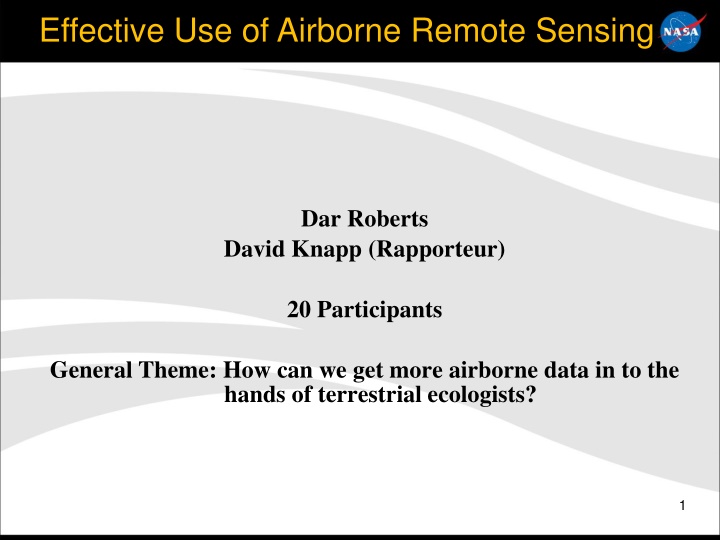
Maximizing Airborne Remote Sensing Data for Terrestrial Ecologists
Explore the effective use of airborne remote sensing in terrestrial ecology, focusing on enhancing data accessibility for scientists. Delve into primary sensors, platforms, challenges, and opportunities for improvement in leveraging NASA investments. Key participants and suggested questions add depth to this discussion, emphasizing the importance of optimizing sensor utilization for scientific inquiry.
Download Presentation

Please find below an Image/Link to download the presentation.
The content on the website is provided AS IS for your information and personal use only. It may not be sold, licensed, or shared on other websites without obtaining consent from the author. If you encounter any issues during the download, it is possible that the publisher has removed the file from their server.
You are allowed to download the files provided on this website for personal or commercial use, subject to the condition that they are used lawfully. All files are the property of their respective owners.
The content on the website is provided AS IS for your information and personal use only. It may not be sold, licensed, or shared on other websites without obtaining consent from the author.
E N D
Presentation Transcript
Effective Use of Airborne Remote Sensing Dar Roberts David Knapp (Rapporteur) 20 Participants General Theme: How can we get more airborne data in to the hands of terrestrial ecologists? 1
Effective Use of Airborne Remote Sensing List of Participants Nancy French, Jeff Myers, Yong Wong, John Melack, Louise Hamlin, Michael Eastwood, Wilfred Schroeder, Ian McCubbin, Bruce Chapman, Phil Townsend, Youngwook Kim (?), Tanya Ramone, Jennifer Dungan, Josef Kellindorfer, Adam Wolfe, Marc Simard, David Knapp, Dar Roberts, Chengquan Huang(?) 2
Effective Use of Airborne Remote Sensing Suggested Questions What are our primary airborne sensors and platforms? Are we using them effectively? to address important science questions to maximize our return on the NASA/TE investment in infrastructure, operations, flight hour subsidies Are we prepared to make effective use of the new or refurbished instruments now in development? What options might TE or NASA Earth Science consider to improve research use of airborne sensors and platforms? What capabilities do we need that we do not have? Gaps / Inefficiencies / Problems Opportunities 3
Effective Use of Airborne Remote Sensing What are our primary airborne sensors and platforms? Many sensors and platforms exist including many of the classics:* AVIRIS (ER-2, WB57, Proteus, Twin Otter) UAVSAR (Gulfstream) MAS (ER-2) MASTER (Long list of platforms) LVIS (Kingair, DC-8) UAS (AMS (firemapper .). HyTES (longwave imaging spectrometer: 256 bands) AIRMISPI has a polarization ATM (Airborne Terrain Mapper: LIDAR). Circular scanning LIDAR, fine posting. POLSCAT (Polarimetric Scatterometer) Several new sensors will be coming on line soon (AVIRIS-NG, EMAS) AVIRIS Next Generation (5 nm, resolution as low as 6 inches). EMAS (Enhanced MAS): imaging spectrometer 400-2500 nm . 40-50 m, 5 nm sampling. Master Upgrade, PRISM (Twin Otter) * It was not always clear if some of the sensors listed are existing or coming on line, such as HyTES. 4
Effective Use of Airborne Remote Sensing Are we using them effectively to address important science questions? PI driven has been very effective Campaigns are more mixed Boreas underutilized (even with Boreas Follow on) 2009 UAVSAR very effective use RECOMMENDATION: Effective use of remote sensing should be considered in pre-campaign activities and adequate resources should be allocated for processing and analysis. 5
Effective Use of Airborne Remote Sensing Are we using them effectively to maximize our return on the NASA/TE investment in infrastructure, operations, flight hour subsidies? Yes and No. Access to archived data has been mixed. Some excellent web-based tools exist to identify historical data sets UAVSAR Uses DAAC (ASF): Freely available, good search engine. MASTER and MAS (Masterweb.jpl.nasa.gov). RECOMMENDATION: These resources should be better advertised. Some are not as accessible but could be (i.e. AVIRIS, LVIS) RECOMMENDATION: Encourage the creation of user friendly search engines and provide a list of what is available. Make searchable data freely accessible (like UAVSAR, MAS and MASTER). For those data sets requiring minimal investment this should be done. Targets of opportunity are often missed Can we develop a mechanism to improve acquisition of targets of opportunity Can a list of NASA relevant research sites be created? What is the potential for use in transect modes? If we make existing flight plans easy to see, will this open up opportunities for piggybacks? 6
Effective Use of Airborne Remote Sensing Are we prepared to make effective use of the new or refurbished instruments now in development? MAS-upgrade MASTER-upgrade AVIRIS 2 Specific call on how you might use it? Suggestion Roberts: Higher frequency atmospheric absorptions will be more evident PRISM HOW MUCH WILL THESE NEW SENSORS IMPROVE OUR SCIENCE AND HOW? (Question from Diane) Cal Val and NEON 7
Effective Use of Airborne Remote Sensing What options might TE or NASA Earth Science consider to improve research use of airborne sensors and platforms? RECOMMENDATIONS: Make the process of incorporating airborne data into proposals easier. Clarify the costs for acquisition and processing in the proposal process. (including transit). Flight hours should be budgeted analogous to NSF ship time and NASA atmospheric science (i.e., not included as a line item in a budget). 8
Effective Use of Airborne Remote Sensing What capabilities do we need that we do not have? Lack of an airborne sensor supporting OCO-2 (e.g., CO2 and CH4) Is this necessary or already covered by in-situ sampling (Comment from Melack) P-band system (P band interferometer). There should be a LIDAR facility instrument so everybody can access it (LVIS data should be more accessible and more resources should be allocated for processing it). Gaps / Inefficiencies / Problems Improved coordination between sensors, or more concurrent acquisitions (e.g., AVIRIS/MASTER). Opportunities NEON 9
Additional Notes Possibly consider non-NASA products (Huang) Can we use existing NASA assets for any wall-to-wall efforts? (Josef K.) Some wall-to-wall efforts, e.g. Yellowstone) (M. Eastwood) Wall-to-wall is expensive. Alaska with ER-2 took 9 summers (J. Myers) 10



